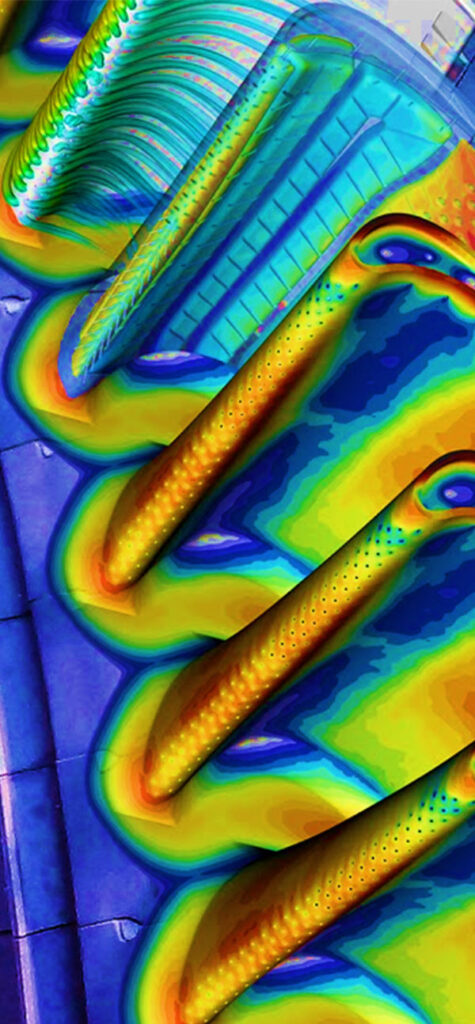Who Needs CFD?
Automotive and Aerospace Engineers – Optimize aerodynamics, cooling, and fuel efficiency.
Energy and Power Industries – Improve thermal performance and efficiency of turbines, heat exchangers, and renewable energy systems.
HVAC and Building Design – Ensure efficient ventilation, heating, and cooling.
Electronics Industry – Enhance thermal management for components and systems.
Chemical and Process Industries – Analyze fluid mixing, reactions, and process safety.
Benefits of CFD
Reduce Physical Prototyping Costs – Perform virtual testing before building real models.
Optimize Performance – Achieve better designs for efficiency, safety, and reliability.
Accelerate Development – Shorten design cycles and bring products to market faster.
Gain Deeper Insights – Visualize fluid flow and thermal patterns that are hard to measure experimentally.






